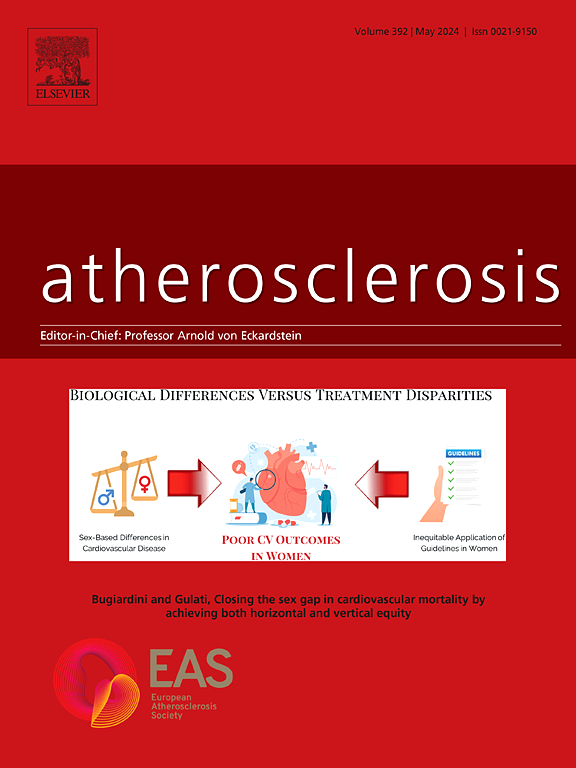Statin adherence in coronary outpatients: The relationship between a novel blood test and pharmacy registry data
IF 4.9
2区 医学
Q1 CARDIAC & CARDIOVASCULAR SYSTEMS
引用次数: 0
Abstract
Background and aims
An accurate and feasible method to assess adherence to statin therapy is needed. We developed a novel blood test to identify reduced statin adherence and compared statin adherence determined by a single blood test to pharmacy registry data.
Methods
In a retrospective cohort study of patients prescribed atorvastatin or simvastatin during hospitalization for a coronary heart disease event, a single blood sample was collected median 18 months later. Patients were unaware of the forthcoming statin analyses. Statin adherence was determined by drug concentration measurements using liquid chromatography mass spectrometry and the Norwegian Prescription Database by gaps in statin dispenses.
Results
Out of 451 patients, 9 % (n = 39) had reduced adherence (≥2 doses omitted) determined by the blood test. Among those classified as adherent by the blood test, only 0.7 % (n = 3) had a treatment gap ≥90 days during the preceding three months, whereas 28 % (n = 115) during the entire follow-up period (median 5.9 years). Of 39 patients classified with reduced adherence by the blood test, 28 % (n = 11) had treatment gaps ≥90 days during the preceding three months, and 66 % (n = 26) during the entire study period. Patients classified with reduced adherence by the blood test, but not registry data, had numerically more coronary events prior to the index event compared to adherent patients.
Conclusions
In coronary outpatients, high adherence to statin treatment measured by a novel blood test aligns with adherence assessed by pharmacy registry. The blood test emerges as a promising tool for enhancing lipid management in clinical practice.

求助全文
约1分钟内获得全文
求助全文
来源期刊

Atherosclerosis
医学-外周血管病
CiteScore
9.80
自引率
3.80%
发文量
1269
审稿时长
36 days
期刊介绍:
Atherosclerosis has an open access mirror journal Atherosclerosis: X, sharing the same aims and scope, editorial team, submission system and rigorous peer review.
Atherosclerosis brings together, from all sources, papers concerned with investigation on atherosclerosis, its risk factors and clinical manifestations. Atherosclerosis covers basic and translational, clinical and population research approaches to arterial and vascular biology and disease, as well as their risk factors including: disturbances of lipid and lipoprotein metabolism, diabetes and hypertension, thrombosis, and inflammation. The Editors are interested in original or review papers dealing with the pathogenesis, environmental, genetic and epigenetic basis, diagnosis or treatment of atherosclerosis and related diseases as well as their risk factors.
 求助内容:
求助内容: 应助结果提醒方式:
应助结果提醒方式:


